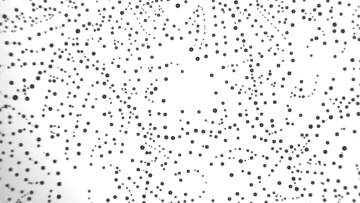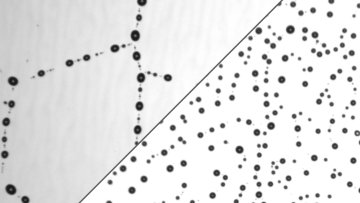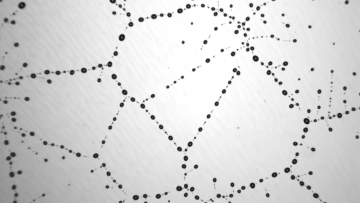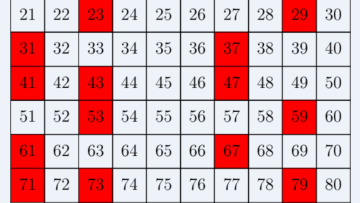16:00
A Beginner's Guide to the Poincare Conjecture
Abstract
The Poincare Conjecture was first formulated over a century ago and states that there is only one closed simply connected 3-manifold, hinting at a link between 3-manifolds and their fundamental groups. This seemingly basic fact went unproven until the early 2000s when Perelman proved Thurston's much more powerful Geometrisation Conjecture, providing us with a powerful structure theorem for understanding all closed 3-manifolds.
In this talk I will introduce the results developed throughout the 20th century that lead to Thurston and Perelman's work. Then, using Geometrisation as a black box, I will present a proof of the Poincare Conjecture. Throughout we shall follow the crucial role that the fundamental group plays and hopefully demonstrate the geometric and group theoretical nature of much of the modern study of 3-manifolds.
As the title suggests, no prior understanding of 3-manifolds will be expected.





